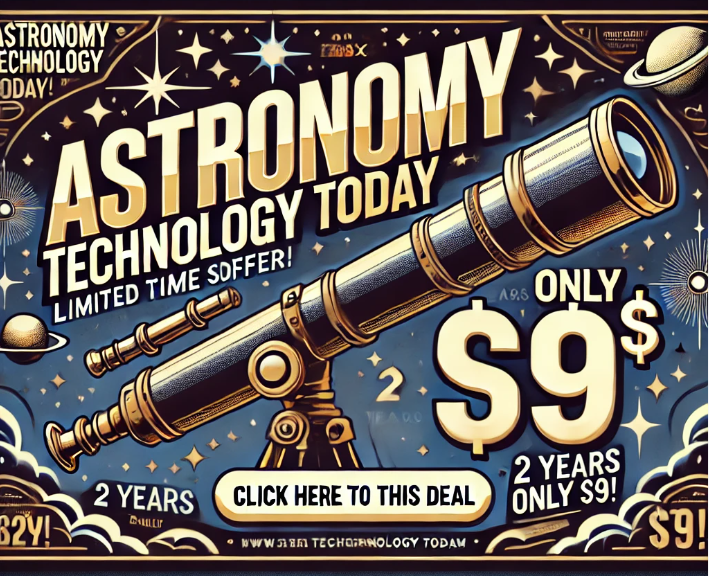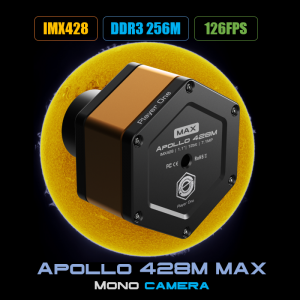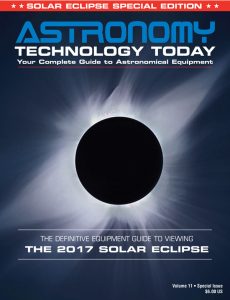 The Great Solar Eclipse of 2017 is one of the most anticipated astronomical events in recent memory. For the editors and staff of Astronomy Technology Today, the event has provided the opportunity to focus each magazine issue leading up to the event on solar products, services and techniques.
The Great Solar Eclipse of 2017 is one of the most anticipated astronomical events in recent memory. For the editors and staff of Astronomy Technology Today, the event has provided the opportunity to focus each magazine issue leading up to the event on solar products, services and techniques.
We recently published the Definitive Equipment Guide to Viewing the 2017 Solar Eclipse after realizing that, although there were a number of websites, blogs and other resources that discuss the solar eclipse itself, many do so in cursory fashion, only brushing upon the range of options people have to use technology to actively participate in the eclipse.
This 40-page guide is not meant to be an all-inclusive dissertation. Instead, our purpose is to provide an easy-to consume introduction to the technological options for viewing and imaging the Great Solar Eclipse. We purposely kept each section short, laying out just the basics for each topic, but also providing links to in-depth resources you can access to learn more.
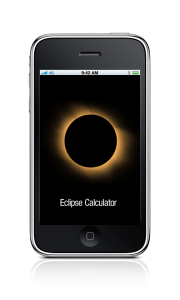 Sections include:
Sections include:
– Build Your Own Solar Eclipse Viewer: With basic household items or perhaps an extra trip down to the UPS store you can build your own solar viewing tool.
– Using a Smart Phone to Image the Solar Eclipse: Smart phones are going to be the go-to option for people wanting to image the Great Solar Eclipse. Learn how to use your device safely and effectively.
– Solar Eclipse Glasses: One of the easiest and inexpensive ways to view an eclipse. We show you how to use the glasses and explain how they can safely let you look directly at the Sun.
– Viewing the Solar Eclipse with Binoculars: In the case of binoculars – with their ease of use and portability when observing the Great Solar Eclipse – using both eyes is just the ticket.
– Viewing the Solar Eclipse with a Telescope: If you don’t already own a telescope, the Great Solar Eclipse is a great 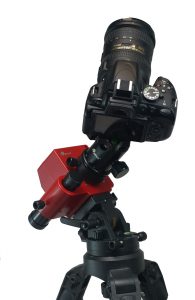 reason to get started in astronomy.
reason to get started in astronomy.
– Viewing the Solar Eclipse with a Solar Telescope: Why these purpose-built telescopes provide the ultimate ability to view the Sun.
– Using Solar Filters to View the Eclipse: Turn your telescope and binoculars into high-powered solar instruments.
– Using DSLR Digital Cameras to Image the Solar Eclipse: Use your DSLR to image the Sun? With the right set-up – yes you can.
– Using CCD-CMOS Astronomy Cameras for Imaging the Solar Eclipse: In terms of imaging the Great Solar Eclipse, the choice is really based on what you to accomplish that day and in the future.
– Astronomy Enhanced Video Cameras: These unique cameras provide the ability to shoot live video of the eclipse – and  then share it worldwide.
then share it worldwide.
– General Great Solar Eclipse Resources: How to find a multitude of news, events, audio/visual content, tips, and everything you will need to get ready the eclipse.
– Great Solar Eclipse Destinations: Learn how to find the top national destinations and events planned for the eclipse.
– Astronomy Clubs and Other Local Resources: One of the best resources to learn more about how you can enjoy the Great Solar Eclipse can be found in your own community.
– Resource Directory: Find the best sources to buy equipment, services and more for the Great Solar Eclipse.
A theme that is repeated throughout this guide is that it is unsafe to view the sun directly without some form of eye protection. 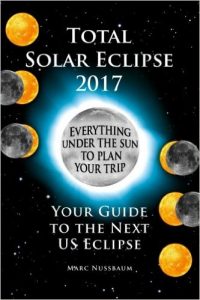 On NASA’s Solar Eclipse 2017 website, that organization cautions, “Looking directly at the Sun is unsafe except during the brief total phase of a solar eclipse (‘totality’), when the moon entirely blocks the Sun’s bright face, which will happen only within the narrow path of totality.”
On NASA’s Solar Eclipse 2017 website, that organization cautions, “Looking directly at the Sun is unsafe except during the brief total phase of a solar eclipse (‘totality’), when the moon entirely blocks the Sun’s bright face, which will happen only within the narrow path of totality.”
The only caveat we will add is, please be careful when viewing totality with the unaided eye, as it will last for a very brief amount of time. Looking a bit too early, or watching for a tad too long, can damage your unprotected eyes. Technology has produced a wealth of affordable tools for viewing the Sun safely, so please … use them!
You can view the guide absolutely for free, no download or signup required here. And if you’d like to learn more about the great hobby of astronomy, use this code “club” during subscription signup process found here for a complimentary 12-month subscription.


